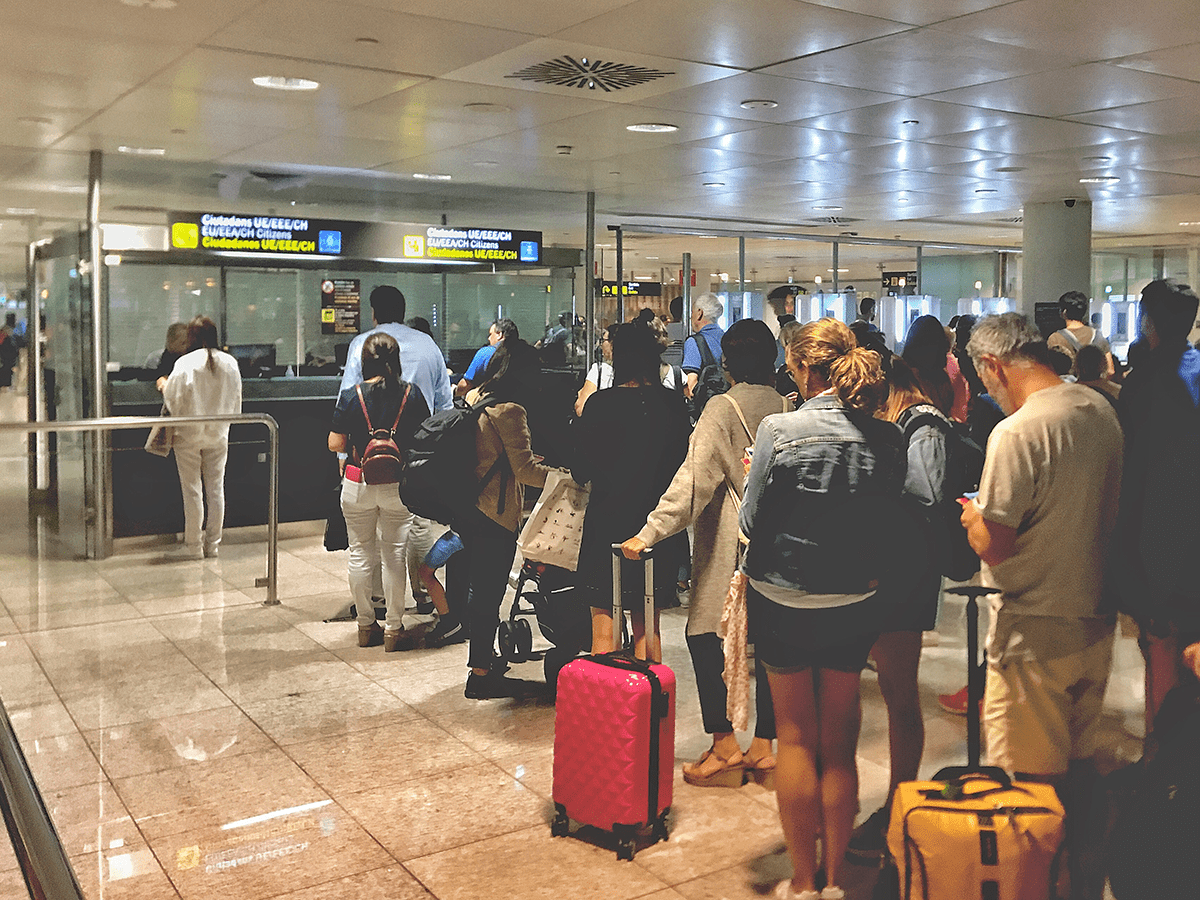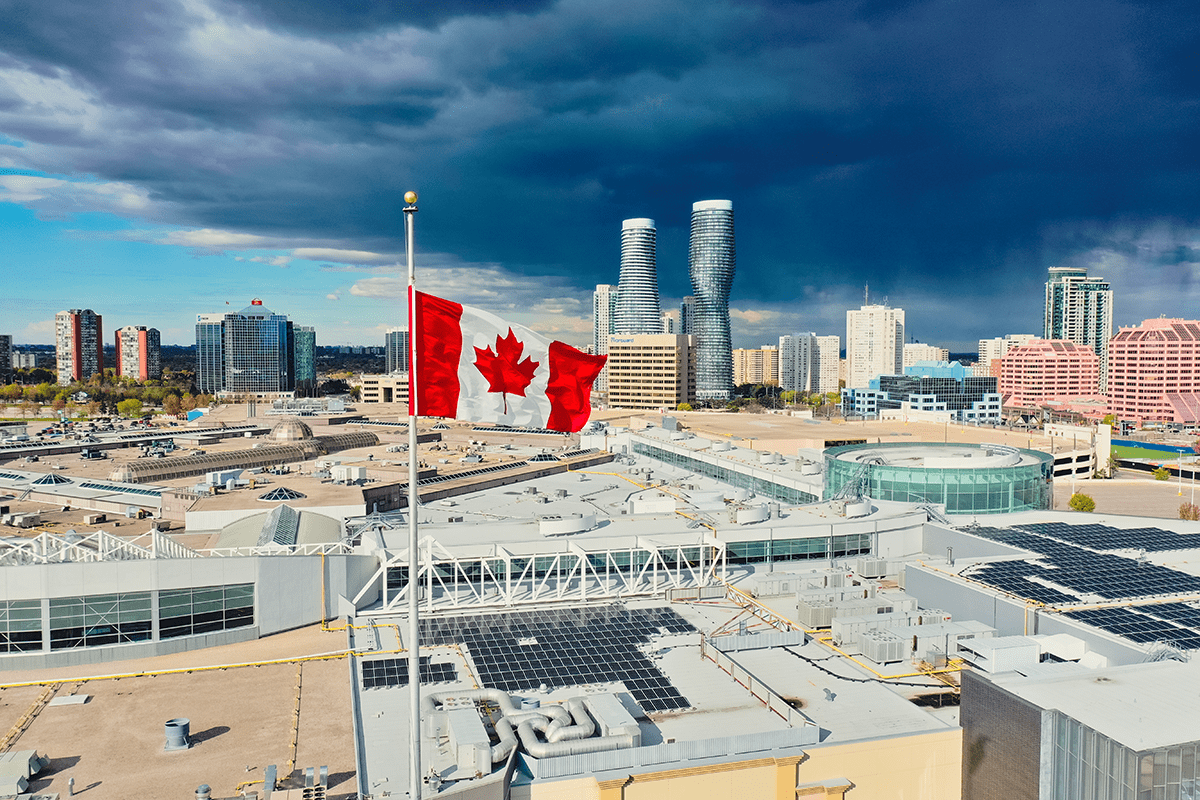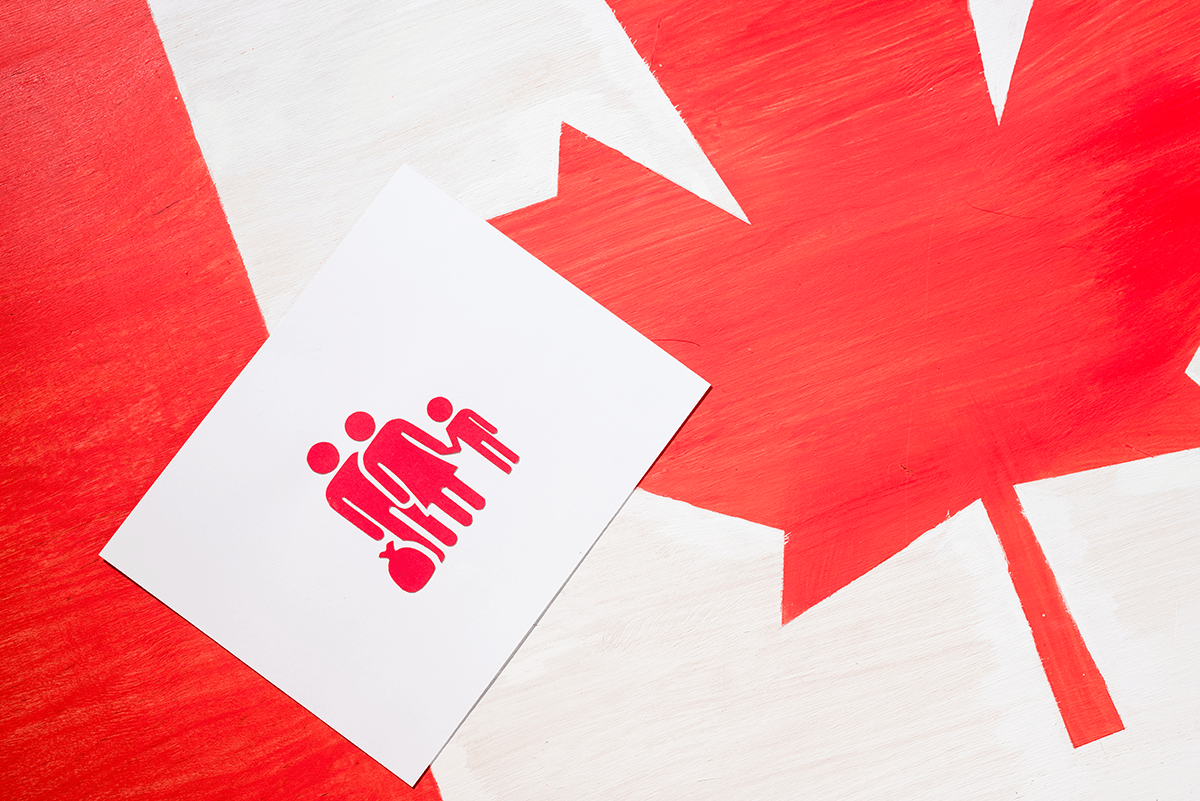Permanent Residence

Permanent Residency in Canada

An immigrant who has been given permanent residency status in Canada is known as a Canadian permanent resident. As a permanent resident, you are not a Canadian citizen; instead, you are a national of another country.
Permanent residents must fulfill several obligations, one of which is the residency requirement, to keep their status as legal permanent residents.

Permanent Resident Cards


Applicants seeking Canadian permanent residency are eligible for a permanent resident card once granted (PR card). A person’s PR card would be valid for five years in scarce situations. You can enter Canada using this card as a legitimate travel document.
As a permanent resident, you should get your PR card so that you can travel outside of Canada and show confirmation of your status if necessary.
Renewal of the Permanent Resident's Card

Permanent residents of Canada should always have their PR cards with them. permanent residents can travel freely within and outside the country with their PR card, which serves as identification and proof of residency.
Due to lengthy processing times, permanent residents should apply for a new PR card if their current one expires in the next nine months or if their current one has already expired.

PR Travel Document


A valid travel document is required for entry into Canada. To enter Canada, permanent residents of Canada can utilize their permanent residency card (PR card). The exception to this rule is for those who have a valid Permanent Resident Card (PR Card) and need to enter Canada (PRTD).
Residency Necessity

A person must fulfill a residency requirement to keep their right to permanent residence in Canada. The residency requirement relates to the time that a person must spend in Canada during it’s validity period.
As a condition of being granted permanent residence in Canada, an individual must either spend at least 730 days in the country over a five-year period or meet one of the conditions listed below:
- The person is outside of Canada accompanying a Canadian citizen who is their spouse or common-law partner, or the person is a child accompanying their parent
- The person is outside of Canada employed on a full-time basis by a Canadian business or in the public service of Canada or of a Canadian province
- The person is an accompanying spouse, common-law partner, or child of a permanent resident who is outside Canada and is employed on a full-time basis by a Canadian business or in the public service of Canada or of a Canadian province.

The Atlantic Immigration Pilot


The Atlantic Immigration pilot program was started in 2017 as part of a cooperative initiative to enhance economic growth in Canada’s Atlantic provinces by attracting talented workers. New Brunswick, Newfoundland and Labrador, Nova Scotia, and Prince Edward Island are all part of the Atlantic provinces.
On December 31st, 2021, the Atlantic Immigration Pilot Program ended. The Atlantic Immigration Program took its place on March 6th, 2022.
Immigration Pilot in Rural and Northern Areas

Efforts to attract skilled workers to rural and northern areas were initiated in 2019 with the Rural and Northern Immigration Pilot. Canada’s six provinces plus the territories of Nunavut and Northwest Territories are included in this program.
Canada has a reputation for welcoming a large number of newcomers. However, most new immigrants chose to live in major cities like Toronto, Montreal, and Vancouver under the existing immigration system. With the help of a pilot program called Rural and Northern Immigration Pilot, the Canadian government is looking to change this. Rural and northern communities can apply to join the trial program. The federal government assists the recognized communities in locating and selecting new residents for permanent residence. As a result of the arrivals, the economy is predicted to grow.

Residency Pilots for the Rural Immigrant Communities


It has been confirmed that eleven municipalities have begun participating in the pilot program as of June 2019. A variety of services and programs were provided to these towns to test the pilot.
It is possible to visit the following places
Ontario:
- Thunder Bay
- Sault-Ste-Marie
- Sudbury
- Timmins
- North Bay
Manitoba:
- Gretna-Rhineland-Altona-Plum Coulee
- Brandon
Saskatchewan:
- Moose Jaw
Alberta:
- Claresholm
British Columbia:
- West Kootenay
- Vernon
Caregiver Training

In Canada, caregivers are viewed as vital members of society who deserve recognition for their efforts. These are the people who help our children, the elderly, and others in need of assistance.
There are numerous initiatives in place to help those who are caregivers find work and get residency in Canada.

Pilot Program


Pilot Program for Child Care Providers Who Work from Home
Home Child Care Provider Pilot is one of two pilots launched in June 2019 for caregivers. This career path is intended for foreign nationals who previously worked in NOC 4411.
This pilot program aims to bring temporary work visas to Canada for home childcare providers. They may then seek permanent residence once they have gained sufficient work experience.
The Home Support Worker Pilot

Among the two caregiver pilots launched in June 2019 is the Home Support Worker Pilot. Those with prior job experience in NOC 4412 can choose this route.
This pilot program aims to bring temporary work permits for Home Support Workers to Canada, with the option of applying for permanent residency once they have gained sufficient work experience.

Past Caregiver and Support Programs


Programs for new immigrants to Canada open and close all the time as the federal government’s immigration policies shift. Over the past few years, caregiver programs have evolved dramatically.
Moving from the United States to Canada

The number of Americans interested in moving to Canada has risen dramatically in recent months. We have produced a step-by-step tutorial on relocating from the United States to Canada. As a US citizen, you have a wide range of alternatives to obtaining permanent residency in Canada.
How can I become a permanent resident of Canada from the United States?
Canada’s Express Entry procedure is one of the quickest ways to immigrate from the United States to Canada.
For three of Canada’s economic immigration programs, Express Entry is used to process the vast majority of applications. One of the world’s most efficient immigration systems, Express Entry processes 80 percent of applicants for permanent status within six months. You may be eligible for Canadian permanent residency through Express Entry if you meet the following criteria.
Immigration from the United States based on economic class is divided into three categories by the federal government:
- Federal Skilled Worker Program (FSW)
- Federal Skilled Trades(FST)
- Canadian Experience Class (CEC)
Can a permanent resident of the United States work in Canada?
Depending on your circumstances, you may be eligible for various work permits in Canada if you move from the United States.
1. Permits for USMCA or NAFTA workers
With the US–Mexico–Canada Accord (USMCA) signing in September 2018, all three nations agreed to replace NAFTA with the new agreement by March 2020.
As part of the North American Free Trade Agreement (NAFTA), which was signed in 1994 and bound the United States, Canada, and Mexico, certain kinds of temporary employees are allowed access to each other’s markets.
Canada’s International Mobility Program can provide work permits to American citizens who have received a qualifying job offer from a Canadian business and have a valid work permit from their home country (LMIA).
As a result, U.S. corporations having Canadian subsidiaries can rapidly and readily move American executives and managers.
2. Employer-Specific Permits for Employees
You may enter Canada on an employer-specific work permit if you have a valid job offer from that company. An LMIA (Labor Market Impact Assessment) is a document that indicates that the employer tried to recruit a Canadian citizen or a permanent resident to fill the post before offering it to a foreign person.
A new work permit is required for anyone who wishes to change jobs after entering Canada on an employer-specific work permit.
3. Open Work Permit for Spouse
To qualify for an open work permit, your spouse or common-law partner must be a temporary foreign worker or international student, or you must be going through the inland sponsorship process. If your present permit is valid, you will not be required to obtain a new work permit if you change jobs.




